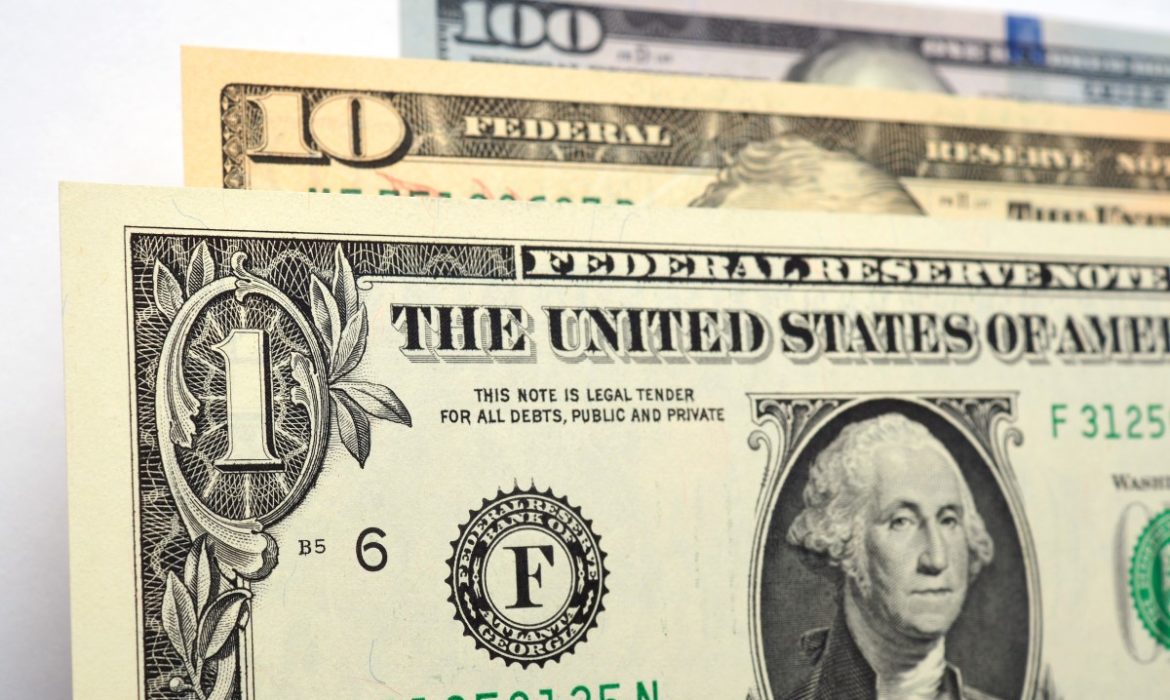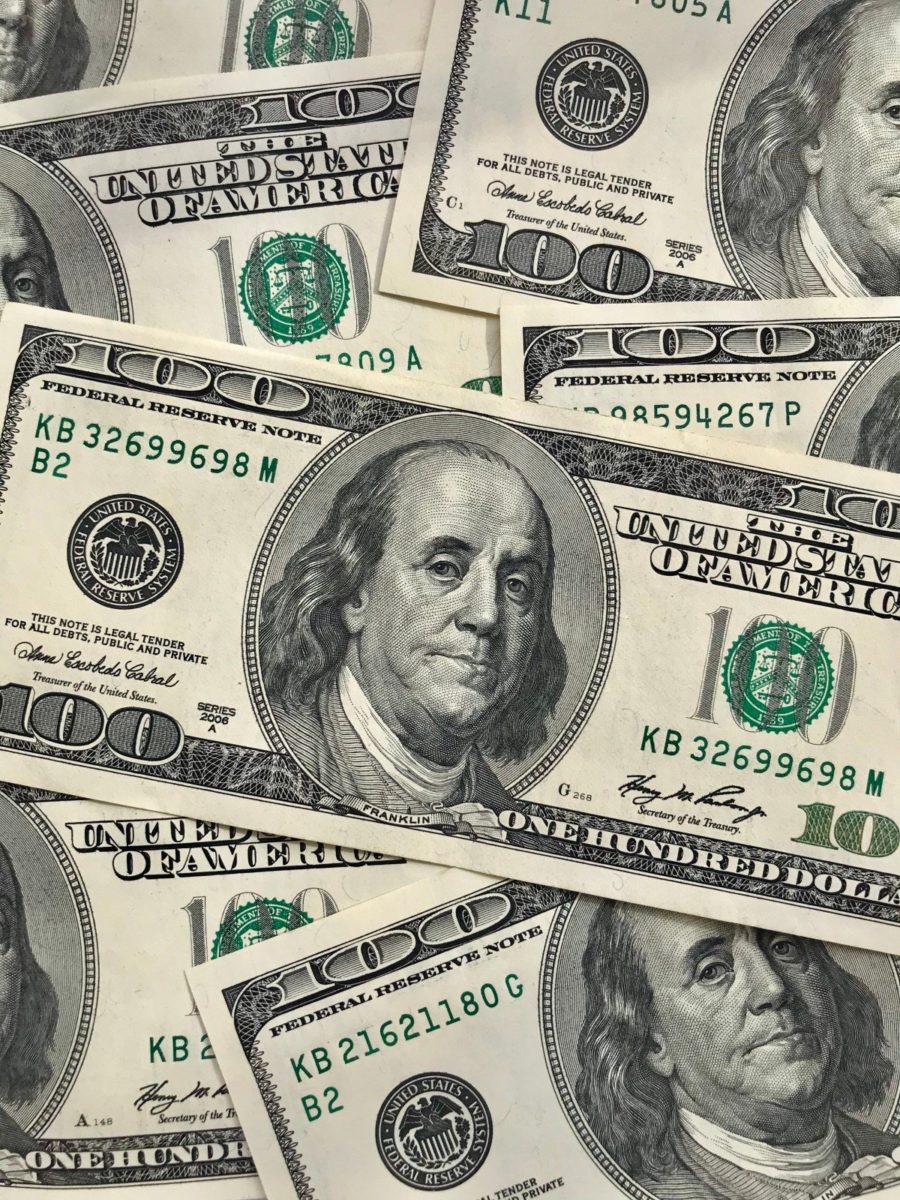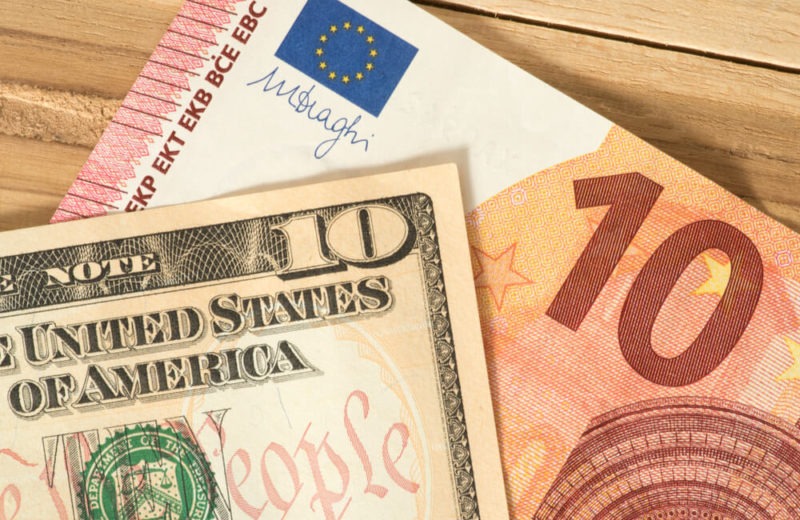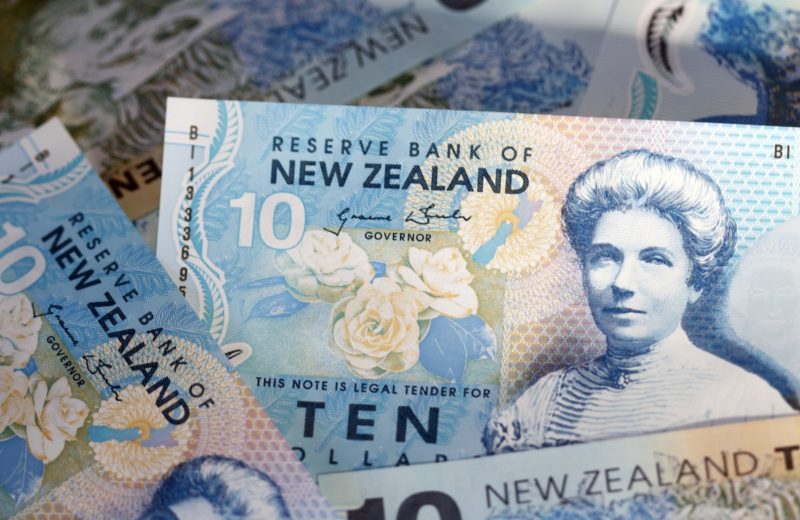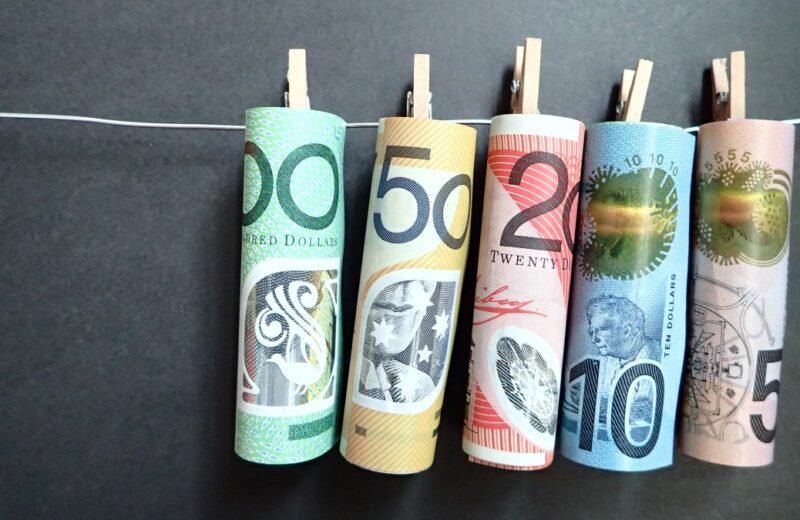Rising COVID-19 fears fueled fears of a second wave of disease. Safety bids support the United States dollar.
Trade tensions are weighing on the economy, currently. Grim International Monetary Fund’s global growth predictions fuels demand for the yen and the franc.
Factors ranging from fears of a second wave of coronavirus to rising trade tensions fueled demand for safe-haven currencies. Thus, on Thursday, the United States dollar raised.
The United States dollar index advanced 0.1% to 97.30. Nonetheless, it remained below the 2020 high of nearly 103 in late March.
Analysts of Deutsche Bank made a note. They said that a plethora of bad news about the virus led to a significant sell-off in risk assets yesterday, in a letter. That is due to the fact that volatility returned to financial markets once again.
The euro fell to $1.1241. Meanwhile, the British pound retreated to $1.2410.
A resurgence of COVID-19 cases from the United States to Kyrgyzstan fueled fresh fears that the V-shaped economic recovery would mean the market was in danger.
The United States Dollar and Other News
The International Monetary Fund slashed its global output forecasts further. So, it predicted more damage from the pandemic than it had previously expected.
Also, there is one more thing that is souring the mood. There are rumors that Washington is considering changing tariff rates for various European products. That is the part of the dispute of the trading partner’s aircraft.
The United States dollar is keeping strong.
Canada’s dollar weakened. It weakened to a 10-day low versus the United States dollar. This was after it became the first country to lose its AA rating. It was the coronavirus-fueled government spending that resulted in this degradation.
Commerzbank analysts said that the far-reaching financial support that the government of Canada provided to cushion the effects of the corona lockdown has come at a cost.
A rally in oil and commodity prices supported commodity currencies. As a result, the commodity currencies fell. The Australian dollar declined for a second consecutive session, to a low of $0.6861.


